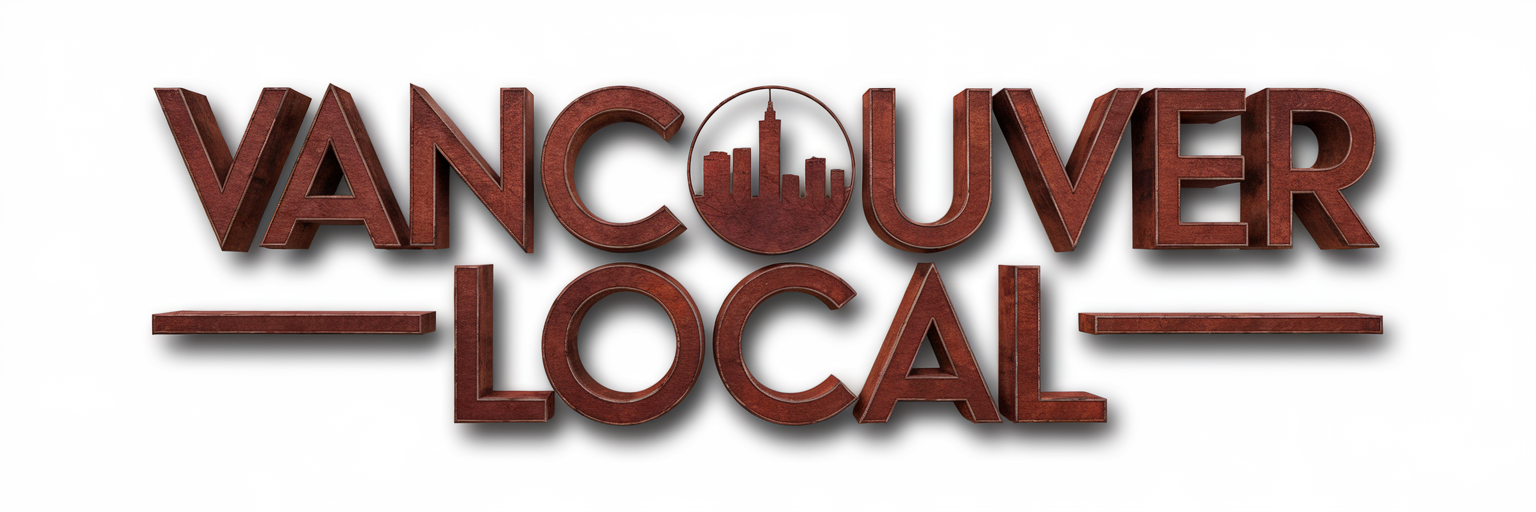Listen to the Article

Will Medicare Pay for a Home Elevator?
You might think Medicare would cover the costs of a home elevator, given its role in enhancing mobility, but that's often not the case. Instead, Medicare views home elevators as modifications rather than essential medical equipment. If you're considering this option for better accessibility, it's crucial to understand the specific criteria that come into play. Are there any potential exceptions, or alternative funding avenues you could explore? The answers could significantly impact your decision-making process.
Understanding Medicare Coverage
Understanding Medicare coverage can feel like navigating a maze, especially when it comes to specific medical equipment and home modifications. You need to know that Medicare primarily covers medically necessary services, which means it focuses on items that directly impact your health.
For instance, durable medical equipment (DME) like wheelchairs or walkers is typically covered if prescribed by a doctor. However, when it comes to home modifications, the situation becomes more complex.
Medicare generally doesn't cover home modifications aimed at improving mobility or accessibility, such as ramps or elevators. Instead, it may support home health services that include therapy or nursing care, but not the infrastructure to facilitate those services.
If you're considering alternatives, some Medicare Advantage plans might offer additional benefits that could partially cover home modifications, but these vary widely by plan.
Before making decisions, you should review your specific Medicare plan's benefits and speak with your healthcare provider or a Medicare representative. This way, you can ensure you're fully informed and can explore any potential coverage options that might help with your needs.
What Is a Home Elevator?
A home elevator is a practical solution designed to enhance accessibility within multi-level residences, offering convenience and safety for individuals with mobility challenges. These elevators provide an effective way to navigate between floors, ensuring that everyone can enjoy their home without the limitations imposed by stairs.
Here's a quick comparison of different types of home elevators you might consider:
| Type of Elevator | Key Features |
|---|---|
| Hydraulic | Smooth operation, requires a pit |
| Pneumatic | Air-driven, compact design |
| Traction | Uses cables, energy-efficient |
| Shaftless | No need for a traditional shaft |
| Platform Lift | Ideal for short distances |
When selecting a home elevator, consider factors like size, weight capacity, and installation requirements. Each type has its unique advantages and can be tailored to fit your specific needs. By investing in a home elevator, you're not only enhancing your home's functionality but also ensuring a safer and more accessible living environment for you and your loved ones.
Medicare and Home Modifications
When considering home modifications, it's essential to understand what Medicare covers and the eligibility requirements you'll need to meet.
You might find that while Medicare has limited coverage for home modifications, there are alternative funding options available to help you make necessary adjustments.
Knowing these details can significantly impact your ability to age in place safely and comfortably.
Coverage for Home Modifications
While navigating the complexities of Medicare, it's crucial to know how it addresses home modifications, especially for those needing increased mobility. Medicare typically doesn't cover the costs for home modifications like installing a home elevator or making structural changes to your residence. Instead, it primarily focuses on medical equipment and services that are deemed necessary for your health and treatment.
However, there are specific instances where certain modifications may be covered. For example, if a doctor prescribes durable medical equipment (DME) that enhances your mobility, like a walker or a wheelchair, Medicare may cover these items.
Additionally, if you're receiving home health care, Medicare could potentially support modifications that directly relate to your care plan.
It's also worth exploring other funding sources, such as Medicaid, which may provide more flexibility in covering home modifications based on your needs and circumstances. Local programs or grants aimed at improving accessibility for seniors and individuals with disabilities can also be beneficial.
Ultimately, understanding the nuances of coverage options will empower you to make informed decisions about your home modifications.
Eligibility Requirements Explained
Understanding Medicare's eligibility requirements for home modifications involves assessing various factors that determine coverage and support.
First, you must have a qualifying medical condition that significantly limits your mobility and necessitates a home modification, such as a home elevator. Your healthcare provider must document this condition and recommend the modification as medically necessary.
Next, it's essential to be enrolled in Medicare Part A and/or Part B. While original Medicare does cover certain durable medical equipment, home modifications like elevators typically fall into a gray area. You'll need to demonstrate that the modification is essential for your daily living activities, such as getting in and out of your home safely.
Moreover, Medicare often requires that the modifications be permanent and not just temporary solutions. This means you should provide evidence that the home elevator will remain in your residence for an extended period.
Lastly, check if your specific Medicare plan includes additional benefits for home modifications, as coverage can vary significantly among plans. Understanding these eligibility requirements can help you navigate the complexities of Medicare and determine if you can receive support for a home elevator.
Alternative Funding Options
Exploring alternative funding options for home modifications, including elevators, can significantly ease the financial burden if Medicare doesn't cover your needs. Here are a few viable sources:
| Funding Source | Description | Eligibility Criteria |
|---|---|---|
| Medicaid | Offers assistance for low-income individuals. | Depends on income and assets. |
| Home Equity Loans | Allows you to borrow against your home's value. | Must have sufficient equity. |
| Personal Loans | Unsecured loans for various expenses. | Good credit history may be needed. |
| State and Local Programs | Various grants and loans for home modifications. | Varies by state, often income-based. |
| Non-profit Organizations | Some provide financial assistance for home adaptations. | Typically focused on specific needs. |
Each of these options has different eligibility requirements and benefits. As you assess your financial situation, consider which sources might best fit your needs. By exploring these alternatives, you can make informed decisions and secure the necessary funding for your home modifications.
Criteria for Coverage Approval
To qualify for Medicare coverage of a home elevator, you must meet specific criteria that demonstrate the necessity of this equipment for your medical condition. First, your healthcare provider must provide documentation proving that the elevator is a medical necessity. This typically involves a detailed assessment of your mobility limitations due to a qualifying condition, such as severe arthritis, multiple sclerosis, or another debilitating physical ailment.
Additionally, it's important to consider accessible home solutions that may complement the elevator, such as ramps or grab bars, which can enhance your living environment.
Next, you'll need to show that other mobility aids, like stairlifts or ramps, are insufficient to meet your needs. This could involve evaluations from physical or occupational therapists who can attest to the impracticality or ineffectiveness of these alternatives in your specific living environment.
Additionally, the home elevator must be installed in a primary residence where you spend most of your time, and it should be deemed safe for use. Medicare also requires that the elevator complies with local building codes and regulations.
Alternative Financial Assistance Options
Financial assistance for home elevators can be crucial for those facing mobility challenges, especially when Medicare coverage isn't an option.
Fortunately, several alternative financial assistance options exist that can help ease the financial burden. For individuals looking for mobility solutions, options like the Elan Straight Indoor Stair Lift may also provide a more affordable alternative that enhances accessibility without the need for a full elevator installation.
Here are some avenues you might consider exploring:
- State and Local Programs: Many states offer financial assistance programs aimed at improving accessibility in homes. These can include grants or low-interest loans specifically for home modifications.
- Nonprofit Organizations: Various nonprofits focus on helping individuals with disabilities. They may provide financial aid or help you find resources to fund your elevator installation.
- Home Equity Loans: If you own your home, tapping into your home equity could provide the funds needed for an elevator. This option can offer lower interest rates compared to other loans.
- Veterans Affairs Benefits: If you're a veteran, you may qualify for benefits that can assist with home modifications, including the installation of an elevator.
Steps to Request Coverage
Navigating the process of requesting Medicare coverage for a home elevator can seem daunting, but understanding the steps involved makes it more manageable.
First, consult your doctor to discuss the medical necessity of a home elevator. They must provide a detailed explanation of how the elevator will enhance your mobility and overall quality of life.
Next, gather documentation, including your medical records and any previous evaluations that support your case.
Once you have your doctor's recommendation, fill out the appropriate Medicare forms. Be precise and include all relevant information, as incomplete applications can lead to delays.
After submitting your request, keep track of your application status and be prepared to provide additional information if required.
If your initial request is denied, don't be discouraged. You have the right to appeal the decision.
Review the denial letter carefully, address the specific reasons given, and resubmit your appeal along with any new supporting documents.
Throughout this process, staying organized and proactive will significantly increase your chances of securing coverage for the home elevator you need for better mobility and independence.
Frequently Asked Questions
Can I Install a Home Elevator Without Medicare Approval?
Yes, you can install a home elevator without Medicare approval. It's your property, and you have the right to make modifications. Just ensure you follow local building codes and hire a qualified contractor for installation.
Are There Specific Brands of Elevators Covered by Medicare?
Picture a sturdy bridge connecting levels of your home. Medicare doesn't cover specific elevator brands; rather, it focuses on medical necessity. Always consult your provider for guidance on eligibility and potential coverage options before installing.
Will Medicare Cover Maintenance Costs for My Home Elevator?
Medicare typically doesn't cover maintenance costs for home elevators. It primarily focuses on durable medical equipment. You should explore private insurance options or consider budget planning for ongoing maintenance expenses associated with your elevator.
What if My Elevator Is Considered a Luxury Item?
If your elevator's deemed a luxury item, it likely won't qualify for coverage. Insurance typically excludes non-essential upgrades, so you'll need to explore alternative funding options to address your mobility needs effectively.
How Long Does the Medicare Approval Process Take?
The Medicare approval process typically takes 30 to 90 days. Factors like documentation completeness and the specific service requested can affect this timeline. Stay proactive by ensuring all necessary paperwork is submitted promptly to avoid delays.
Conclusion
In conclusion, Medicare typically won't cover home elevators, as these are seen as home modifications rather than essential medical equipment. For instance, consider a hypothetical case of an elderly woman with limited mobility who needs a home elevator for safety. While her doctor can document her need, approval from Medicare is uncertain. Exploring alternative funding, like local grants or private insurance, might be necessary to ensure her home remains accessible and safe. Always weigh your options carefully.







